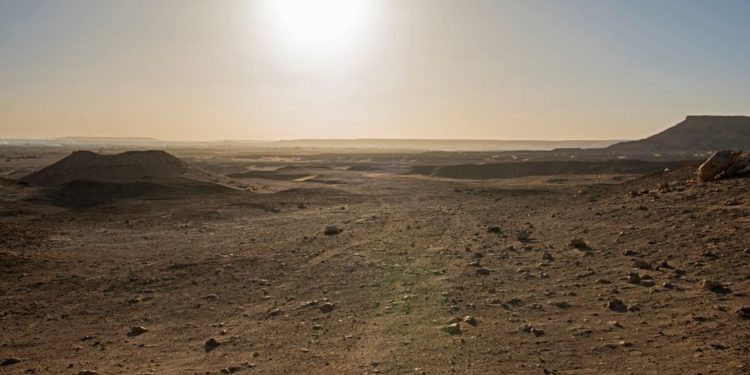“He [Anthony] worked with his own hands, for he knew the Scripture saying: ‘He who does not work, let him not eat’ [2 Thes 3:10]; what he earned from his work he gave partly to his own sustenance, partly to the poor.”
In Christian tradition and culture, work dignifies man and shapes his spirit. Through work, human beings become God’s cooperators in the great work of creation. Anthony internalized these truths to perfection.
Patron saint of animals
St. Anthony died in 356, on Mount Colzim, near the Red Sea, at the age of 105. He is venerated as the patron saint of basket weavers, brush makers, and butchers as well as of cemeteries. He is also known as the “co-patron” of animals, sharing the title with St. Francis of Assisi. For a long time at the Vatican, a blessing of animals has been celebrated on Anthony’s feast day of Jan. 17.
Two stories support this patronage: At the death of Paul the Hermit, Anthony was the only one there who could bury him; however, conditions were difficult and he had no one to help him. Suddenly, in the middle of the desert, two lions appeared, accompanied by other animals that helped the saint dig the hole where he would place the remains of St. Paul.
The second story has to do with a wild pig that he found near his hermitage whose offspring were all born blind. After St. Anthony took pity and cured them, the mother pig followed him everywhere as a faithful guardian and never left his side.
These stories inform a rich iconographic tradition that often depicts St. Anthony accompanied by a wild boar. Brilliant painters such as Michelangelo, Tintoretto, Teniers, Bosch, Cézanne, and Dali made St. Anthony the subject of many magnificent works.
This article was originally published by ACI Prensa, CNA’s Spanish-language partner, and has been translated and adapted by CNA.
Credit: Source link




